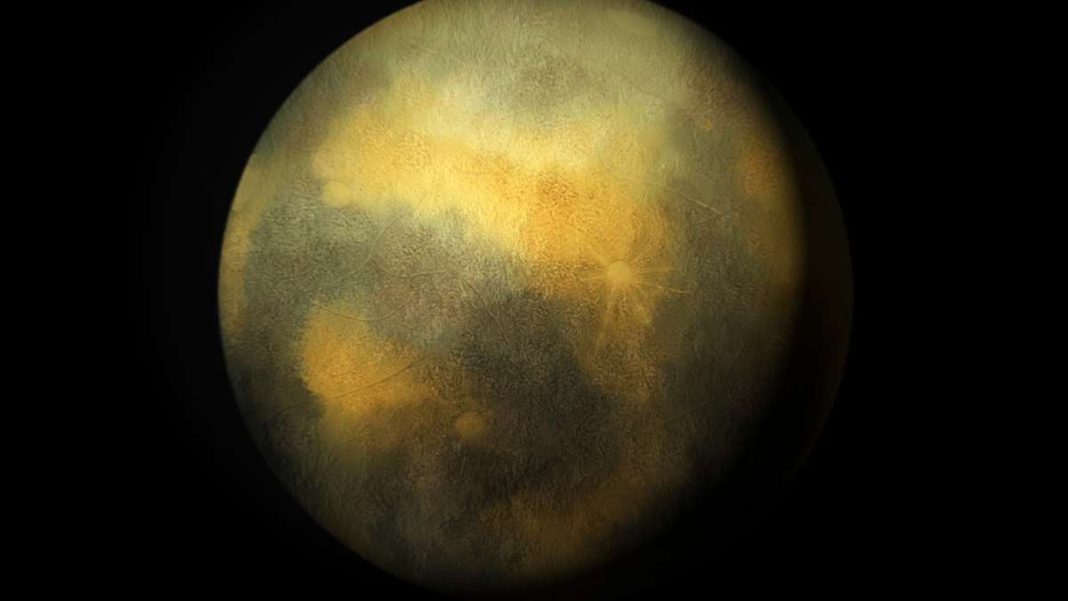UNITED STATES: Pluto, the dwarf planet at the edge of our solar system, continues to captivate scientists and space enthusiasts with its intriguing secrets. In a recent study, researchers have discovered a new cryovolcano on the dwarf planet, redefining our understanding of this distant celestial body.
Pluto, famously reclassified from a planet to a dwarf planet in 2006, remains a subject of fascination and exploration. The New Horizons spacecraft, launched by NASA, has been instrumental in unveiling the mysteries of this icy world. Just under a decade ago, New Horizons provided humanity with the clearest-ever images of Pluto, and the wealth of data collected during this mission has been a treasure trove for scientists.
The latest revelation, documented in a study led by NASA planetary scientist Dale Cruikshank, unveils the existence of Kiladze Caldera, previously believed to be an impact crater. Impact craters are created when meteorites collide with a planetary surface. However, Kiladze’s peculiar features led scientists to reconsider this classification. Notably, the caldera is surrounded by water ice, a substance usually concealed beneath Pluto’s methane snow, and an assortment of material known as “smog.”
One of the most intriguing findings is the presence of ammonia mixed with water ice. Ammonia has the unique property of lowering the freezing point of water, allowing it to flow as liquid cryo-lava on the surface of Pluto. This is a significant revelation, as it suggests that Pluto’s cryovolcanoes, like Kiladze, might still be active or, at the very least, have erupted in the recent past.
According to Cruikshank, “We estimate that the age of Kiladze and its surroundings (since the last eruption) is only a few million years.” This relative youth adds to the growing body of evidence that Pluto is a dynamic world with ongoing geological processes.
Kiladze Caldera is not alone in its cryovolcanic nature. Other icy volcanoes, such as Wright Mons and Piccard Mons, have previously been identified on Pluto. This new discovery, however, adds to the complexity of Pluto’s geology and raises further questions about the mechanisms that drive these cryovolcanoes.
The findings of this study have been published in the journal Icarus and on the pre-print database arXiv. This groundbreaking research not only deepens our understanding of Pluto but also underscores the importance of ongoing space exploration missions in unraveling the mysteries of our solar system. As our knowledge of these distant worlds expands, so does our appreciation for the wonders of the universe.
Pluto, once relegated to the outermost fringes of our cosmic neighborhood, now takes center stage as a dynamic and captivating world deserving of our continued attention.
Also Read: India’s Chandrayaan-3 Lander Kicked Up Lunar Dust ‘Halo’: Reports



